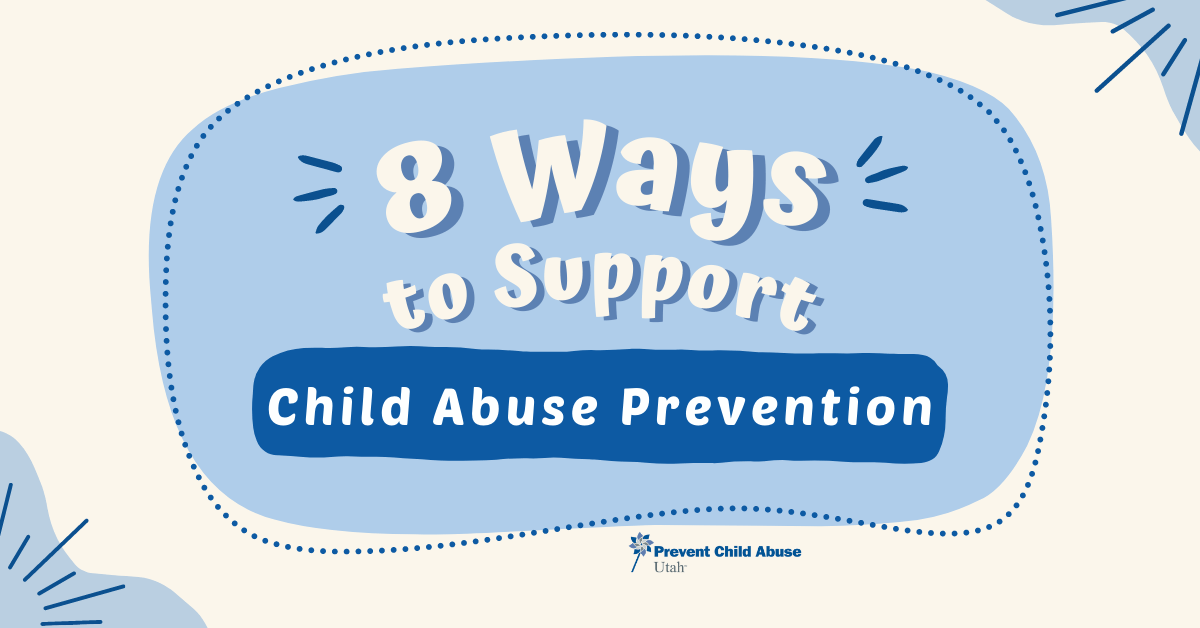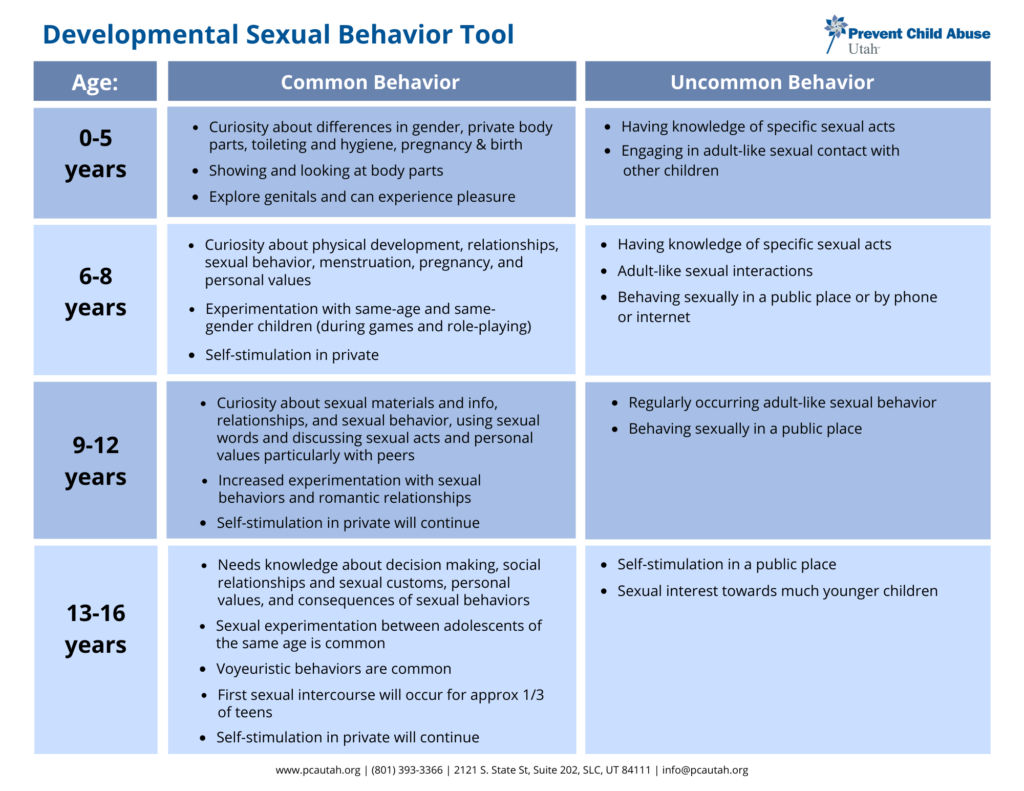
Child abuse is an ugly reality of our society. It’s rampant all over the world with most cases going unreported. Creating child abuse awareness is key to doing something about making the world a better place for innocent children.
According to shocking findings, “In 2019, state agencies identified an estimated 1,840 children who died as a result of abuse and neglect — an average of five children a day.”
What’s worse is that “More than 70% of the children who died as a result of child abuse or neglect were three years of age or younger. Around 80% of child maltreatment fatalities involve at least one parent as perpetrator.”
Several Ways to Support Child Abuse Awareness and Prevention
Even with these grim numbers, the good news is that you can take certain steps to raise child abuse awareness and help prevent it to a great extent.
1. Find Out about Prevention Programs
One of the first things you can do to help prevent child abuse is learn more about the various programs offered by local child abuse awareness and prevention agencies. Whether you’re a new parent or need family support services, these programs can go a long way in equipping you to prevent child abuse around you.
Many new parents tend to feel overwhelmed by their increased responsibilities. Feelings of isolation can heighten their chances of acting out in unexpected ways. Fortunately, support programs for new parents are available, which include nurse visitation, in-home parenting education, and social worker intervention.
Further, several community-level prevention programs focus on parenting education. Mental health services and self-help groups also provide social support to members to help them adjust to changes in the family, thereby preventing abuse.
Abused children can be enrolled into programs especially designed to help minimize long-term effects of the violation. Such programs are run by local day schools, hospitals, and children’s clinics.
Also, detecting child abuse early is crucial. Early childhood screening and treatment programs can help children receive the care they need and deserve.
Families can also receive support through crisis care programs, which include crisis caretakers and baby sitters, telephone hotlines, crisis nurses, and crisis counseling. Apart from that, training programs offered through schools and adult education centers can help children and grown-ups learn about protecting children from abuse while creating child abuse awareness across different age groups.
2. Adhere to Child Abuse Prevention Guidelines
While parents do everything they can to look after their children and protect them from harm, there’s always room for improvement. Here are a few ways to get better at parenting and build a better relationship with your children, while creating child abuse awareness around you:
- Learn more about your child’s life
- Don’t leave your child unattended
- Teach your child to speak up if he/she is having trouble with something
- Pay attention to your child’s behavior and look out for any deviations
- Don’t discipline your child when angry or frustrated
- Teach your child to cope with duration of separation
- Be aware when someone shows more interest in a child than normal
- Be cautious of premature sexual understanding in a child
3. Listen to Children If They Talk to You about Abuse
If a child reveals abuse, listen and validate their words in a calm and non-judgemental manner. Remember, your initial reaction might determine whether the child will keep mum about the abuse or report it and seek healing. You want to ensure the latter.
Be patient and allow the child to feel safe so he/she can talk without hesitation. Blaming or invalidating their words will only lead them to shut down and avoid talking about their abuse.
From an early age, teach your children about the importance of communicating with you about anything, regardless of what anyone else says. Let them know that protecting them is your responsibility and not the other way around.
Use age-appropriate language to educate your child about his/her body and sexuality (as they get older). While these conversations may feel awkward, show them that talking about embarrassing/difficult topics is important and shouldn’t be avoided.
4. Keep Yourself Informed about Helpful Resources
As mentioned, numerous programs and organizations offer resources for child abuse awareness and prevention, but it is important that parents and other responsible adults know about them. You can touch base with many organizations if you or a dear one has suffered child abuse or needs more information on this topic. Some of these organizations include:
- Prevent Child Abuse Utah
- Utah Division of Child and Family Services
- Family Support Center Utah
- Be Strong Families
- Darkness to Light
- National Network of Family Support and Strengthening Networks
5. Intervene and Stop the Cycle
One of the most important things to know about child abuse is that it is often cyclic. So, if you or someone you know has anger management issues, feels emotionally disconnected from their child, finds it difficult to meet the child’s needs, or demonstrates reckless behavior, you can intervene and break the cycle before it starts.
Moreover, it is important that your expectations from your child are realistic. For instance, expecting grown-up behavior from a 5-year-old is unrealistic. Being reasonable and realistic is key to avoiding frustration.
If you think you need parenting advice, feel free to approach other parents or refer to books or effective parenting programs. Of course, it is also important to take care of yourself by eating and sleeping well. This will drastically reduce your chances of channeling your pent-up frustration towards your child.
In case you realize you need professional help, don’t hesitate to reach out to local child abuse awareness and prevention agencies.
6. Identify Signs of Child Abuse
The signs of child abuse may not always be apparent, making it difficult to identify them without thorough observation. However, if you notice any sudden emotional or behavioral change in a child, step in and talk to them. This may include withdrawal, isolating, anxiety, anger, and rebellion.
You also want to keep an eye out for any sign of physical abuse, such as scratches, cuts, bruises, rashes, and swelling. Watch out for physical symptoms such as urinary tract infections or unexplained frequent aches and pains.
While it is normal for children to be curious about gender and sexuality, you should immediately become cautious if you notice any sexual behavior, language, or action that do not seem age-appropriate.

7. Share Your Knowledge with Others to Maximize Awareness
Once you know about child abuse prevention, make it a point to share what you’ve learned with others around you to maximize child abuse awareness. You can do this by volunteering to teach a class, talking to a friend or a loved one, pr participating in child abuse prevention events. By doing so, you’ll spread your knowledge, and help make the society better and safer for children.
Further, ordering merchandise, such as blue ribbons, t-shirts, and wristbands, that promotes child abuse awareness is a great way to share your learnings. Another effective way is to use social media platforms like Instagram, Facebook, and Twitter. Everyone uses these networks, and the biggest impact can happen with just a click of the ‘Share’ button.
8. Wear Blue to Support Child Abuse Prevention Month
April is national child abuse prevention month. On Wear Blue Day, make it a point to wear blue-colored clothes, take a selfie, and share it on your social media accounts with the hashtags: #PassthePinwheel and #GreatChildhoods. This simple act will connect you with fellow supporters of child abuse awareness and prevention, and encourage others to follow suit. You can also organize a ‘Wear Blue Day’ at your office, school, church or other groups; or print out the ‘Wear Blue Day’ poster and put it up around different places in your community. Organizing a fundraiser and sending the proceeds to local child abuse prevention authorities is also a good idea. The possibilities are endless!
Wrapping Up
All children deserve to live a life free from fear, guilt, shame, and hurt. Sadly, child abuse does happen. Its effects can be long-lasting in that they can have serious implications throughout the child’s life and the way he/she thinks about the himself/herself and the world.
If you suspect that a child around you is facing abuse or neglect, call the Utah Child Abuse Hotline at (855) 323-3237. If you want to prevent child abuse before it happens, contact a local child abuse awareness and prevention agency like Prevent Child Abuse Utah. We aim to prevent child abuse in all forms through programs, services, public awareness, education, public policy development, and system partner collaboration. Fill out our online contact form to learn more.
